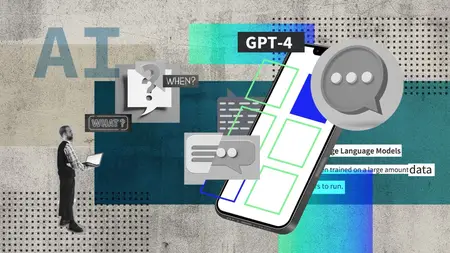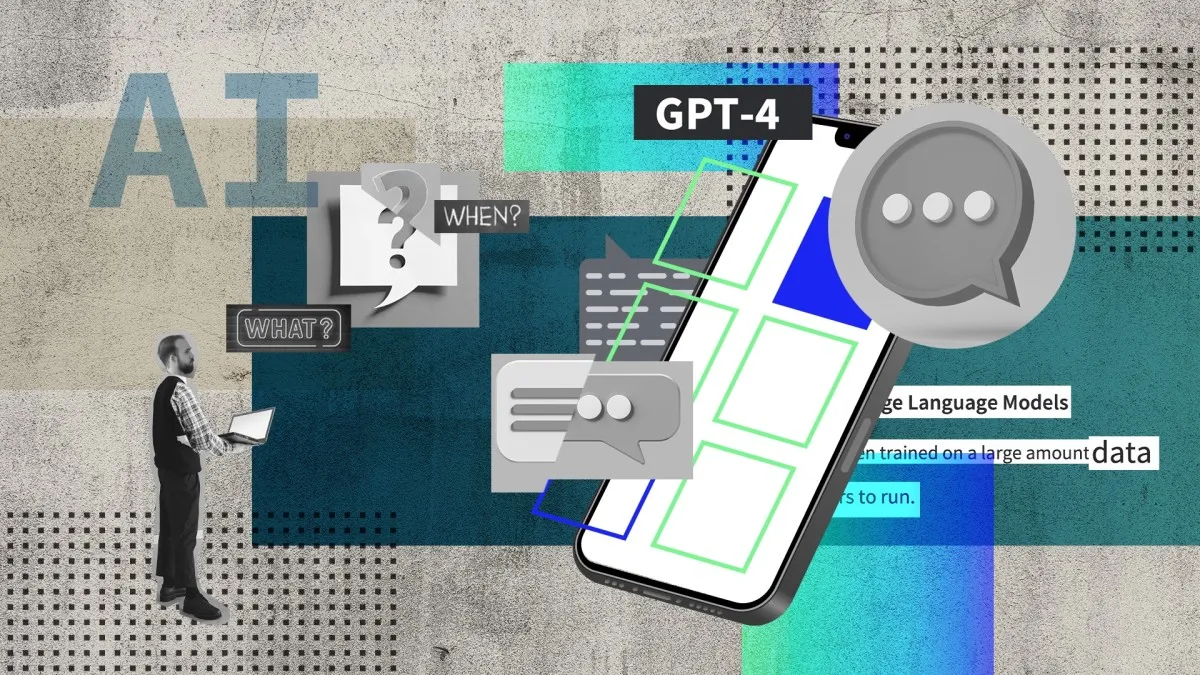GPT-4 Foundations: Building AI-Powered Apps
.MP4, AVC, 1280x720, 30 fps | English, AAC, 2 Ch | 1h 2m | 131 MB
Instructor: Denys Linkov
Are you looking for a practical, simple, visual introduction to creating an AI-powered application? This course was designed for you. While GPT-4 has piqued much of the world’s attention, few people have developed the skills required to build their own AI-powered tools.
Join instructor Denys Linkov to find out more about how to get started building AI-powered applications using GPT-4. In this course, Denys offers a comprehensive overview of the OpenAI playground, including the basics of large language models and prompts. Get tips for beginner, intermediate, and advanced prompting to start creating a no-code chatbot on your own. Along the way, test out your new skills in the challenge exercises provided at the end of each section of the course.
Learning objectives Explain the purpose and functionality of ChatGPT and GPT-4, and identify their common characteristics as large language models.Describe how large language models like GPT-4 are trained on data, their origins, and the significance of the Transformer model.Apply the concept of prompting to interact with GPT-4 for various purposes such as generating jokes, solving math problems, and historical queries.Develop effective prompt techniques for creating content, including instructional prompts to modify responses.Formulate prompts to extract structured data from free text using key-value pairs.Classify user inputs and use context to improve the responses and maintain a natural conversational flow in a chatbot application.Create a multi-prompt chatbot application using techniques such as prompt chaining to handle complex tasks in sequences.Design and implement a custom user interface for a GPT-4 powered chatbot using tools like Voiceflow.Integrate and deploy a conversational AI assistant on a website, ensuring it meets specified requirements for interaction and information retrieval.Evaluate chatbot interactions to ensure they meet user objectives and provide accurate responses, enhancing user experience.





